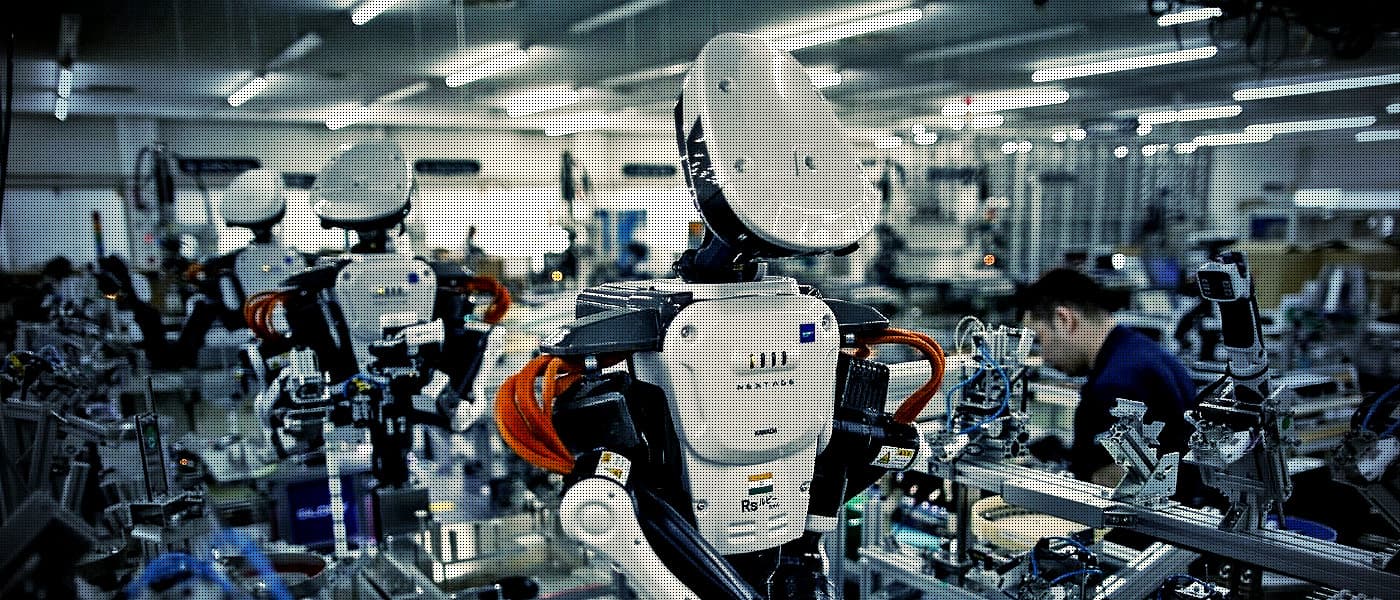Keeping Promises
One of the more resounding aspects of president-elect Donald Trump's campaign platform was his vow of job creation — or job restoration — by bringing back jobs that American companies have shipped overseas. In his column for The Washington Post, renowned expert Vivek Wadhwa explains why he thinks Trump will have a difficult time implementing his plans in the face of the expected shift toward automation.
"[A]dvancements in technology and how they reshape our economy may also keep him from delivering on some of the major promises that made him so popular during the campaign season," writes Wadhwa, who's a fellow at Stanford University’s Rock Center for Corporate Governance, director of research for the Center for Entrepreneurship and Research Commercialization at Duke, and a distinguished fellow at the Singularity University.
This isn't because artificial intelligence (AI) is out to get Trump (or us). It's just that technology's been on a course toward automation, and no one can change that. The trends all point towards a future of job automation, Wadhwa explains in the article.
Bigger than Trump
Wadhwa provides several reasons why attempting to stifle technology would be counterproductive and could even hurt the United States' economy more.
For one, most of the jobs Trump targets are in the manufacturing sector, where automation already has a strong foundation, and other lower-skill industries are also being disrupted. "Machines are learning to do the jobs of manufacturing workers; artificial intelligence-based tools are mastering the jobs of call-center and knowledge workers; and cars are beginning to drive themselves," Wadhwa says, the latter point referring to companies like Uber that are testing the waters with driverless taxis and trucks.
He goes on to explain in detail why automation is financially sound for business:
Some robots already cost less to operate than the salaries of the humans they replace, and they are getting cheaper and better. Boston Consulting Group predicts that, by 2025, the operating cost of a robot that does welding will be less than $2 per hour, for example. That’s more affordable than the $25 per hour that a human welder earns today in the U.S., and even cheaper than the pay of skilled workers in the lowest-income countries.
Businesses, at the end of the day, will resort to the cheaper option in the long run, and that is automation. So, Wadhwa asks, "Trump may be able to keep immigrants out, but how will he stop the advance of robots?"
Rather than fight these advancements, which Wadhwa says could also be used to "provide solutions to the problems of humanity, such as a lack of energy, food, education and health care," he emphasizes the need for communication between the government and the private sector.
We now need a nationwide conversation on how we can distribute the prosperity we are creating. We must create equity and fairness in our legal, justice and economic systems. And, recognizing that technology will disrupt entire industries and wipe out millions of jobs, so we must ease the transition and pain for the people most affected and least prepared.
Whether Donald Trump is the man to lead this conversation remains to be seen, but if he has any hope of making good on his campaign promises, he's going to have to try.
Share This Article
